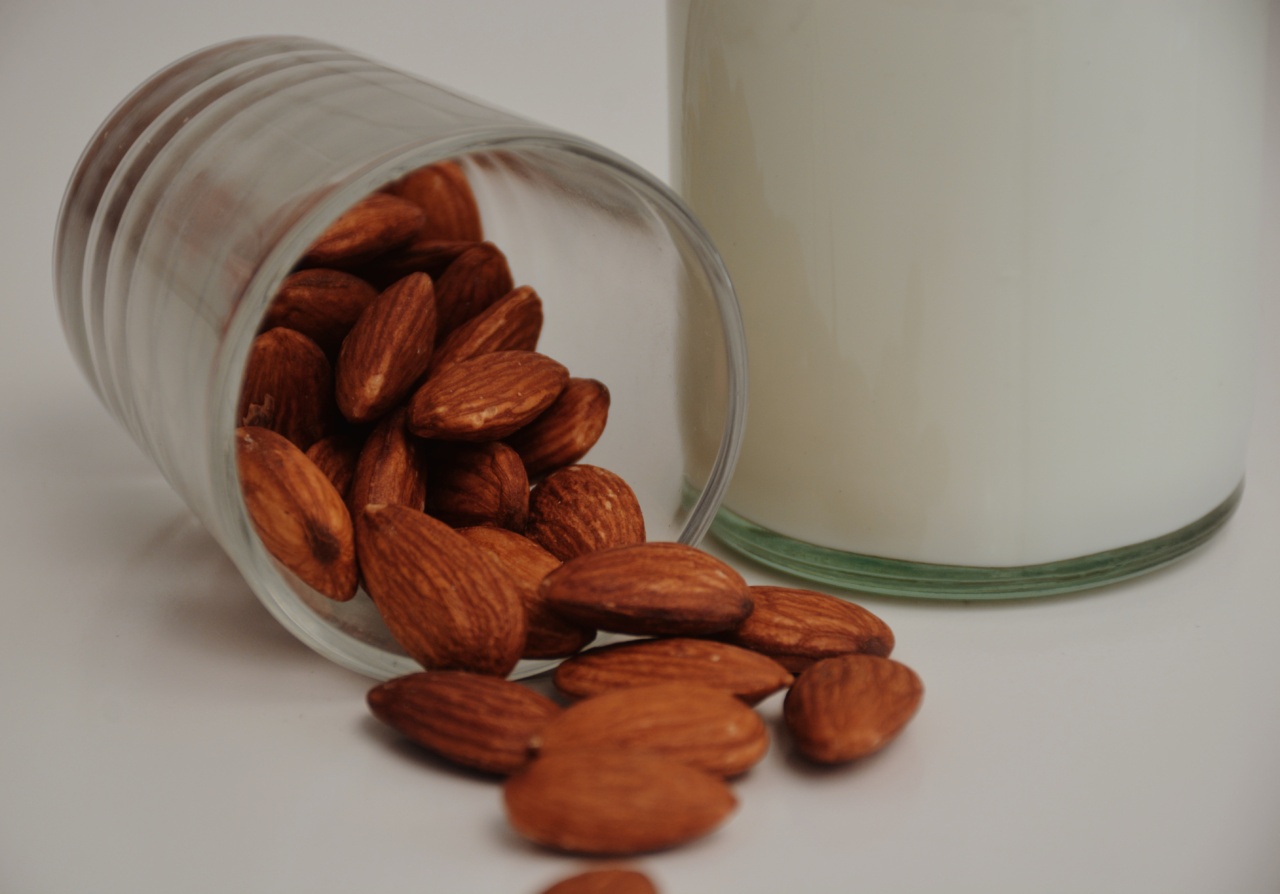When it comes to selecting the right type of milk, there are various options available in the market. Two popular choices are lean milk and whole milk.
While both types have their merits, it is essential to understand their differences and nutritional content to make an informed decision. This article aims to provide an overview of lean milk and whole milk, highlighting their respective benefits and drawbacks to help you choose the dairy that suits your dietary needs.
What is lean milk?
Lean milk, also known as low-fat or skim milk, is a variation of milk with reduced fat content. It undergoes a process where most of the milk fat is removed, resulting in a significantly lower fat percentage compared to whole milk.
The exact fat content may vary, but it generally contains 0.5% to 2% fat.
Benefits of lean milk
1. Low in calories: One of the primary benefits of lean milk is its low-calorie content.
By reducing the milk fat, it becomes an excellent option for individuals looking to maintain or lose weight without compromising on essential nutrients found in milk.
2. Heart-healthy: Lean milk is an excellent choice for individuals concerned about cardiovascular health.
By reducing the fat content, it helps lower the intake of saturated fats and cholesterol, which are associated with an increased risk of heart diseases.
3. Nutrient-rich: Despite its lower fat content, lean milk retains most of the essential nutrients found in whole milk, including protein, calcium, vitamins, and minerals.
It serves as a good source of high-quality protein and essential nutrients required for healthy bones and overall well-being.
Drawbacks of lean milk
1. Less flavor: While the reduced fat content may be beneficial for some individuals, it can result in a slightly less creamy and flavorful taste compared to whole milk.
This can be a drawback for those who prefer a richer and creamier texture in their dairy products.
2. Fewer fat-soluble vitamins: As the fat content is reduced, certain fat-soluble vitamins, such as vitamin A and vitamin D, are also lowered.
These vitamins are essential for various bodily functions, and individuals who primarily consume lean milk should ensure they are obtaining adequate amounts of these nutrients through other dietary sources.
What is whole milk?
Whole milk is the unprocessed version of milk, where no fat is removed during production. It contains a natural balance of milk fat and other nutrients, making it the closest form of milk to its original state as produced by mammals.
Benefits of whole milk
1. Rich flavor: Whole milk offers a rich, creamy, and satisfying flavor that many individuals prefer. The presence of higher fat content contributes to its velvety texture and enhanced taste, making it an appealing choice for many dairy enthusiasts.
2. Vitamins and minerals: Whole milk contains a higher concentration of fat-soluble vitamins, such as vitamin A, vitamin D, vitamin E, and vitamin K.
These vitamins play crucial roles in various bodily functions, including immunity, vision, bone health, and blood clotting.
3. Satiation and satisfaction: The higher fat content in whole milk results in increased satiety, helping individuals feel full and satisfied for longer periods.
This can be particularly beneficial for individuals who struggle with appetite control or those seeking a more indulgent dairy experience.
Drawbacks of whole milk
1. Higher calorie content: Whole milk contains a higher calorie count compared to lean milk due to its fat content. This can be a drawback for individuals aiming to reduce their caloric intake or follow a lower-fat diet plan.
2. Fat and cholesterol content: While moderate amounts of fat are essential for a healthy diet, excessive consumption of saturated fats and cholesterol can contribute to weight gain and an increased risk of cardiovascular diseases.
Individuals with specific dietary concerns or conditions may need to monitor their intake of saturated fats and cholesterol and choose lean milk or alternative dairy options.
Which type of milk is right for you?
The choice between lean milk and whole milk depends on various factors, including your nutritional goals, personal preferences, and dietary restrictions. Here are a few tips to help you determine which type of milk is suitable for you:.
1. Weight management goals: If you are trying to maintain or lose weight, lean milk can be a suitable choice due to its lower calorie and fat content.
2. Cardiovascular health: Individuals concerned about heart health may benefit from choosing lean milk, as it contains less saturated fat and cholesterol.
3. Taste preferences: If you prioritize taste and enjoy a creamier texture, whole milk might be more to your liking. It can enhance the flavor of coffee, tea, cereals, and other dishes that require dairy.
4. Nutritional requirements: If you have specific nutritional needs, such as higher intake of fat-soluble vitamins, whole milk can provide a more concentrated source of these nutrients.
However, consider consulting with a healthcare professional or dietitian to ensure you meet your requirements without excessive fat intake.
In conclusion
Choosing between lean milk and whole milk can be a personal decision based on your dietary needs, health goals, and taste preferences.
Lean milk offers a lower calorie option with reduced fat content, making it advantageous for weight management and cardiovascular health. On the other hand, whole milk provides a more indulgent taste and provides essential fat-soluble vitamins that may be beneficial for certain individuals.
To make the best choice, consider assessing your nutritional requirements, consulting with a healthcare professional, and experimenting with different types of milk to find what suits your taste buds and dietary needs.
Remember, moderation and balance are key when incorporating dairy products into a healthy and well-rounded diet.






























